|
On Wednesday, July 26th, I drove almost four hours to Carson City, Nevada to meet with Jan Loverin, a textile researcher who heads up the Marjorie Russell Clothing & Textile Research Center. I went there as an introduction to clothing from my time period, specifically looking for clothing that women miners in the 1880s might have worn, clothing for men, but interested in any nuggets of info she had to share with me. I’m a complete novice when it comes to period clothing, or 'costumes' as Jan called them. For women I know there was usually a corset involved. Bloomers? What the heck was the difference between petticoats and skirts? And did wealthy men wear Unionsuits just as the working men did? Or did they wear something else? Jan, taken back a bit by my ignorance, was a trooper and gave me a crash course on the basics of clothing from that time period. She also pointed me in the direction of some solid introductory materials. Jan gave nearly two hours of her time and showed me a few samples of dresses, corsets, other undergarments. I then spent almost another hour organizing my notes and exploring the library. I was able to take pictures, but it was purely for research purposes. I had to sign an agreement that I wouldn’t publish or post any of them. ☹ So, wikkicommons, here I come. Or, you’ll just have to use your imagination. First off, she didn't have information about women miners but she suggested some resources which are listed at the bottom of this post. Women’s clothing: Layers The first layer, closest to the skin was a chemise. This was easily laundered, certainly more so than the outside layers. The best way I can describe it is that it looks like your typical grandma’s white nightgown with short sleeves. Usually made of cotton or linen, I believe. Jan thought that before the 1880s in America, women usually wore the chemise or something similar to it for bed as well. However, she wasn’t sure. Second layer was the corset. These weren’t worn as an outside layer, but on the inside. The ones I saw were laced in the back and hooked in the front. The boning was apparently made from whale bones. I was very excited to find a corset labeled ‘wedding lingerie’. On Winnie’s wedding night, she’s wearing a special corset and chemise—I was thrilled to discover I’d gotten it right! Third layer starts to get a bit confusing. There may or may not have been a corset cover, which, as far as I can figure was like a modern-day camisole. Jan said something about it protecting something from something. Maybe it protected the corset from the outside layer? Or the other way around? Bustles were common in the 1880s and there were a variety of types. They weren’t overly huge and the purpose, according to Jan, was to give fullness to the yards of skirts. These tied around the waste and rested at the lower back area, not on the ass. However, it did make sitting in chairs a bit challenging, especially if the seat wasn’t deep. Thus, apparently Victorian furniture became deeper to accommodate the bustle. Fourth layer (or fifth? I’ve lost count) were the petticoats. I have no idea if they went on under or over the bustle, though from the picture on the left, it looks like it went over the bustle. And I don’t know if there was more than one petticoat layer or not. Finally, there was the outer layer of clothing which consisted of a skirt and a jacket-like thingy. Depending on the purpose (formal events, being out an about town, working at home, etc.), the skirts may have been in two parts and the top might have also included boning. What about underwear? Bloomers? Drawers? According to Jan, many women didn't wear these particular undergarments until beginning in the early 1880s. However, I've also subsequntly read that women did wear them--they were not permanently closed at the crotch, however and were secured either by ties or possibly buttons. Supposedly this helped with going to the bathroom. But what about menstruation? How did they deal with that? Surprising, there's not a lot of information about this and experts disagree. The best Jan could come up with is that there might have been a belt or ties of some sort that secured layers of material. Men's clothing: Boring
They had almost nothing of men's clothing. Jan said that very few people kept, or at least donated things from men. So, a researching I will go. Clearly, I still have much to learn. However, I am so grateful for the time I spent at the research center. It was a great place to start my education of costumes from the 1880s—seeing the clothing was much more helpful to me than looking at pictures or reading descriptions. I now have the background to put additional information and research into context. Resources Comstock Women: The Making of a Mining Community Dress, Journal of CSA The Female Economy by Wendy Gamber Nevada State Museum Textile & Clothing Research Costume Society of America
0 Comments
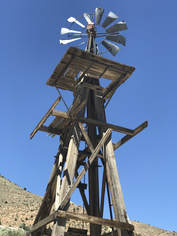 Research! I had an unexpected adventure at the end of July. I’d made an appointment to tour the Marjorie Russell Clothing & Textile Research Center in Carson City. My plan was to go up one day (a 4-hour drive), meet with Jan Loverin, the curator and main researcher of the Center for a few hours, spend the night in a Motel 6, then return to the Bay Area the next morning. But Virginia City kept calling to me. The map said it was only a 20-minute drive from Carson City to Virginia City. Why should I stay in a Motel 6 when, with a bit of effort, I could experience the Old West? I explored hotels (bless the internet) and ended up with a hotel reservation in (supposedly) the oldest hotel in Nevada. Since I was able to choose my room, I picked the (supposedly) haunted room #4 with a name: Rosie’s Room. My plan was to meet with Jan, then go to Virginia City and spend a night in the (supposedly) haunted and oldest hotel in Nevada, tool around Virginia City the next morning, then drive home to arrive by the evening. But Virginia City kept calling to me. There was so much to see! The mill, the mine, the Washoe Club (featured on Ghost Adventures), the museums, the wild horses. By that evening on the first day, my plan stayed the same, but I figured I’d see only a few things then be back soon to see all that I’d missed. I went to bed in my (supposedly) haunted room in a hotel that was deserted. I was (supposedly) the only soul in the building. The front doors weren’t locked, though my room had three locks on it—a deadbolt, a chain, and a slide lock. I didn’t sleep well. Kept waking up every hour or so, on high alert for noises and bumps in the dark. Even though I didn’t see anything, feel anything, or really hear anything, I never fell into a deep sleep. There was nothing left to do but change my plans. Given the non-sleep I’d had, it would be dangerous to drive home, especially if I ended up driving at night. Besides, you know, there was just so much to see in Virginia City. So, I did the responsible thing and indulged in a whole day of research: the Comstock Gold Mill, 4th Ward Museum, a tour of the Chollar Mine, the Way It Was Museum, a ghost tour at the Old Washoe Club, and a bit of shopping. I also booked an extra night at the (supposedly) oldest hotel in Nevada. I did, however, change rooms. Stay tuned for my next post on my Virginia City Adventure! Links to some resources: Nevada State Museum & Marjorie Russell Clothing & Textile Research Virginia City Visitor Information |
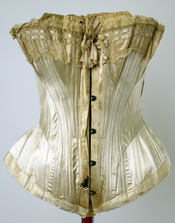
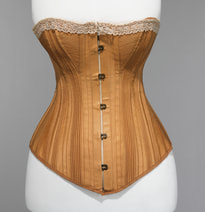
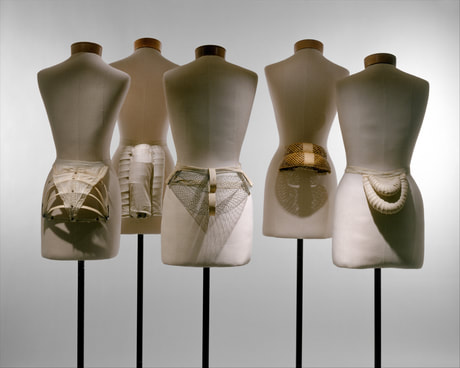
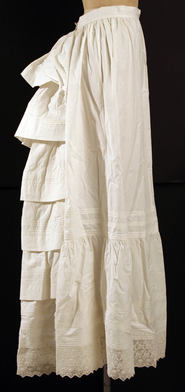
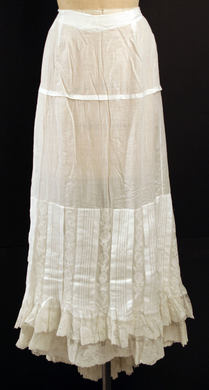
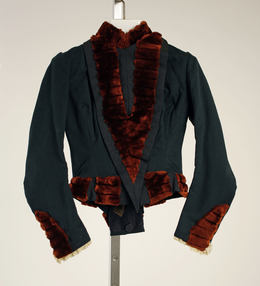
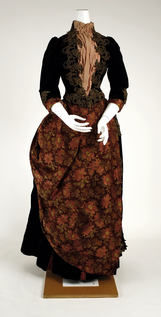
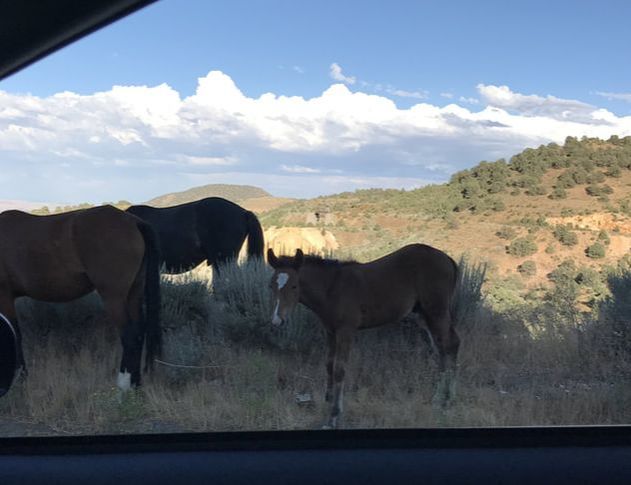
 RSS Feed
RSS Feed
